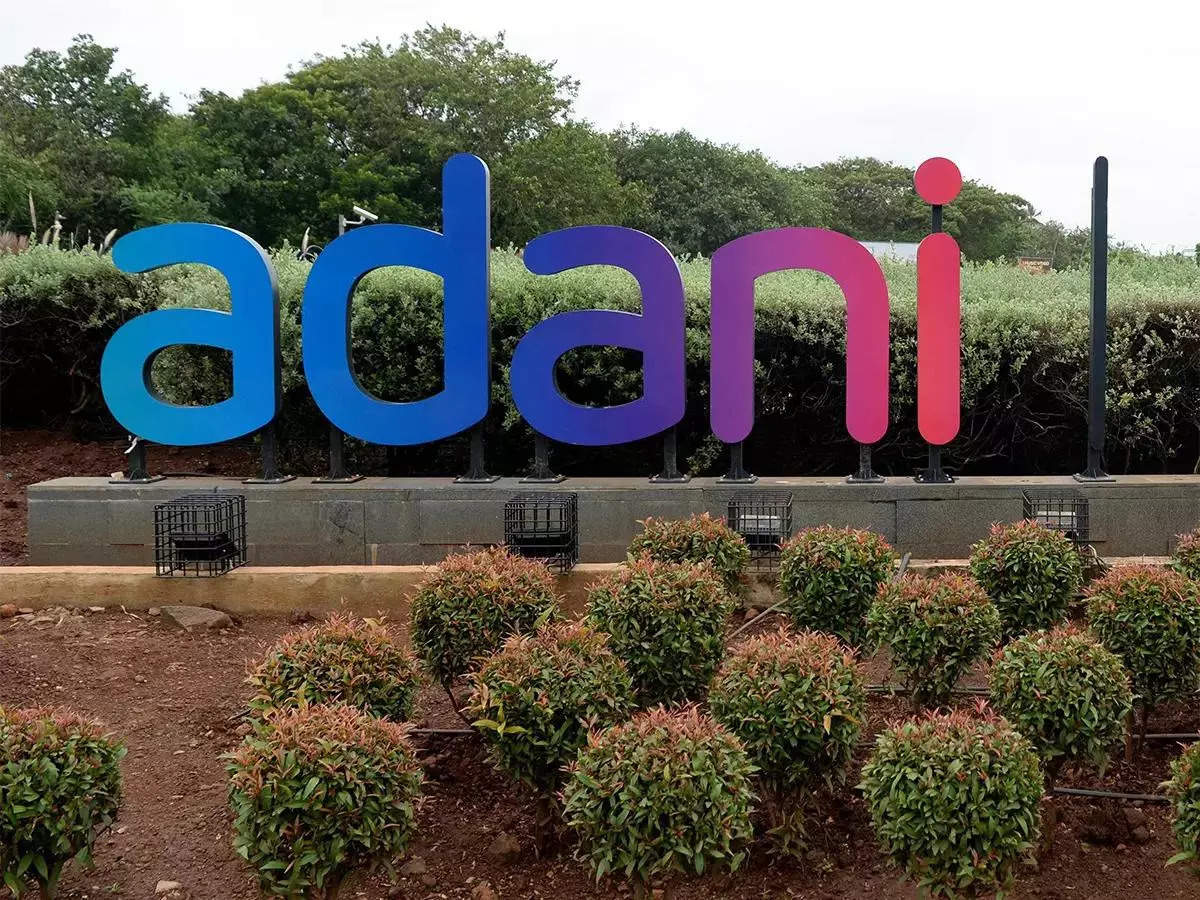Analysis of Adani Green’s 1,799 MW Solar Power Supply Pact with SECI and India’s Renewable Goals
Analysis for a Layman
This news report highlights a significant development in India’s renewable energy sector. Adani Green Energy, one of India’s leading renewable energy companies, has entered into an agreement to supply 1,799 megawatts (MW) of solar power to the Solar Energy Corporation of India (SECI). This agreement represents the culmination of Adani Green’s power off-take agreements related to a 2020 tender, in which the company secured the rights to develop a total of 8,000 MW of solar power capacity.
As part of this agreement, Adani Green has fulfilled its commitment to set up a solar cell and module manufacturing plant with a capacity of 2 gigawatts (GW) per annum. This manufacturing facility is a significant component of the company’s renewable energy strategy.
Adani Green Energy has stated its determination to achieve a renewable energy capacity of over 45 GW by 2030. This ambitious target is in alignment with India’s national goal of reaching 500 GW of non-fossil fuel-based energy capacity.
To support its growth plans, Adani Green has acquired approximately 200,000 acres of land, emphasizing its commitment to renewable energy development and manufacturing.
This agreement with SECI, along with the significant manufacturing investment, reflects Adani Green’s aspirations to play a leading role in India’s transition to clean and renewable energy sources.
Impact on Retail Investors
For retail investors, Adani Green’s growth signifies the ongoing positive momentum in India’s renewable energy sector. However, it’s essential to note that the company’s valuations already reflect high expectations for future performance. Investors should exercise caution and be selective when considering investments in the sector.
Adani Green’s vertically integrated manufacturing capabilities may provide cost advantages, particularly when operating at a large scale. Additionally, the company’s subsidiary, Adani New Industries, focusing on green hydrogen, presents another avenue for potential growth.
Nevertheless, investors should remain mindful of the execution risks associated with such rapid scaling of operations. Assessing project funding plans, cost structures, and realistic capacity expansion timelines is crucial.
Government policies and support for the renewable energy sector will continue to play a pivotal role in its growth. Diversifying investments across multiple renewable energy companies can help manage risks, as the sector continues to evolve. Overall, the long-term growth prospects for the renewable energy sector in India remain compelling.
Impact on Industries
Various industries are influenced by the growth of renewable energy companies like Adani Green:
- Renewable Energy Generators: Companies involved in renewable energy generation, such as Adani Green, ReNew, and Tata Power, benefit from increasing government tenders, private off-take agreements, and policy support.
- Domestic Solar Manufacturing: The establishment of Adani Green’s new solar cell and module manufacturing plant boosts the domestic solar manufacturing sector. Competing effectively on costs is crucial in this industry.
- Power Grid and Transmission Infrastructure: As renewable energy capacity expands, there is a need for rapid scaling of power grid and transmission infrastructure to accommodate this growth.
- EPC Contractors: Engineering, Procurement, and Construction (EPC) contractors involved in solar construction benefit from the expanding order books driven by prolific renewable energy developers like Adani Green.
- Cement and Steel Providers: Companies supplying raw materials like cement and steel experience increased demand as construction of renewable energy infrastructure accelerates.
In summary, achieving economies of scale across the renewable energy value chain is essential for India to meet its ambitious targets cost-effectively.
Long-Term Benefits & Negatives
Over the long term, transitioning to a majority renewable energy grid enhances energy security and contributes to climate goals. However, the variability of solar and wind power presents grid management challenges that need to be addressed.
As renewable capacity scales up, there is a risk of asset redundancy and stranded costs for existing thermal power plants if demand falls short. Energy storage solutions and potential exports can help mitigate these issues.
While short-term tailwinds are strong, long-term risks include reliance on exports, changes in subsidy regimes, and evolving technologies. Careful consideration of the balance between industry growth and ensuring energy security is essential for sustainable progress.
Short-Term Benefits & Negatives
In the short term, the agreement with SECI and the manufacturing investment provide revenue visibility for Adani Green. However, executing projects cost-effectively at such a large scale presents challenges and risks.
Competition from other renewable energy players is on the rise, and any delays or cost overruns can impact profitability. Policy support and grid integration are essential for the sector’s sustained growth.
Overall, the primary challenge in the short term is managing the reliability and cost-effectiveness of rapid scaling in the renewable energy sector.
Proper Citation:
“Adani Green in Pact with SECI to Supply 1,799 MW Power.” ET Bureau, 26 Dec. 2023,
